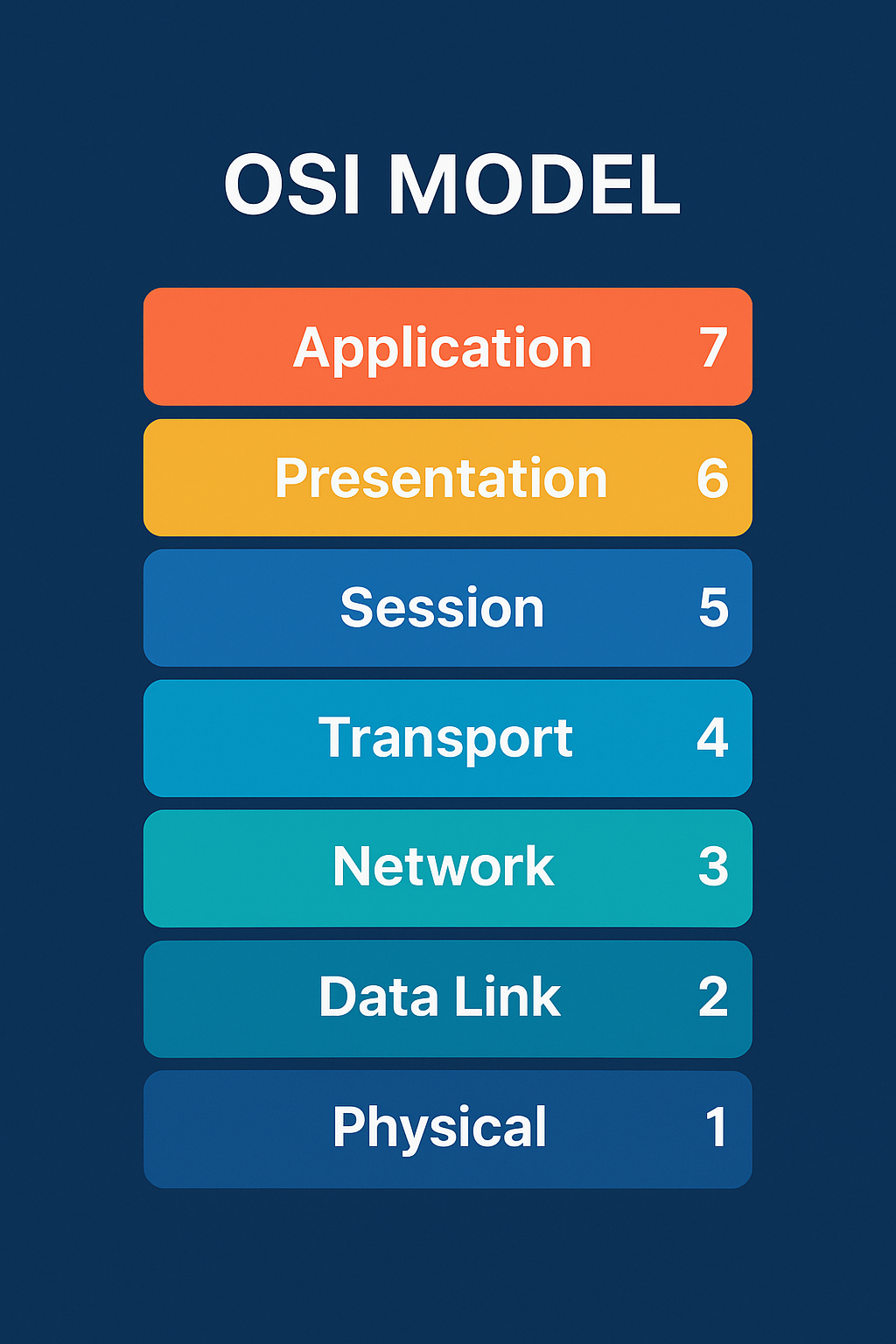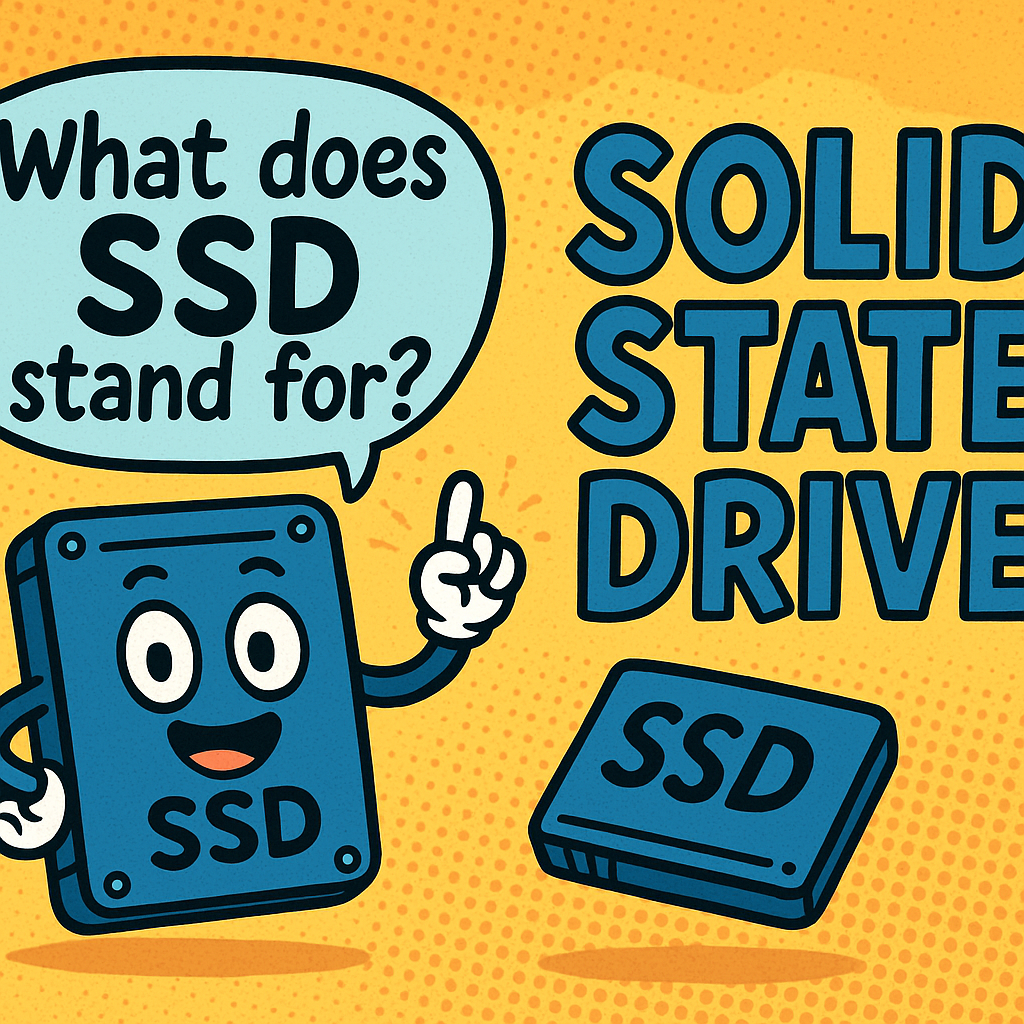What Is an Array? A Complete Guide for IT and Cybersecurity Leaders
Updated on September 22, 2025, by Xcitium

Have you ever wondered, “What is an array and why do programmers rely on it so much?” Arrays are one of the most fundamental concepts in computer science and software development. For IT managers, cybersecurity experts, and executives, arrays are not just programming tools—they’re the backbone of how data is structured, accessed, and secured in enterprise systems.
In this guide, we’ll explore what an array is, how it works, its real-world applications, and why understanding arrays is crucial for business and cybersecurity leaders managing data-driven infrastructures.
What Is an Array?
An array is a data structure that stores a collection of items in a single variable, with each item accessible by its index (or position).
- Example: Imagine a row of lockers, each holding a value.
- Uniformity: Arrays typically store elements of the same type (e.g., integers, strings).
- Efficiency: They allow quick access to data using index numbers.
👉 In simple terms, an array organizes data so it can be stored and retrieved efficiently and predictably.
How Does an Array Work?
Understanding what is an array requires looking at its mechanics:
- Indexing: Each element in an array has a position (starting from 0).
- Memory Allocation: Arrays are stored in contiguous memory blocks, making them fast to access.
- Data Retrieval: You can instantly retrieve an item by referencing its index.
- Modification: Updating values is as easy as assigning a new value to a position.
Types of Arrays
Arrays come in several forms depending on complexity:
1. One-Dimensional Arrays
- Simplest form (like a list).
- Example: [10, 20, 30, 40].
2. Multi-Dimensional Arrays
- Arrays of arrays (like a table).
- Example: [[1, 2], [3, 4]].
3. Dynamic Arrays
- Can resize during runtime (e.g., Python lists).
4. Jagged Arrays
- Arrays where sub-arrays have different lengths.
👉 These variations make arrays versatile for both simple storage and complex enterprise data modeling.
Why Are Arrays Important in Business and Cybersecurity?
For executives and IT leaders, understanding arrays is more than academic:
- Data Management: Arrays organize large volumes of data efficiently.
- Cybersecurity: Arrays store logs, encryption keys, and event data critical for monitoring.
- Scalability: Arrays power databases and enterprise applications.
- Performance: Faster retrieval helps ensure systems meet business demands.
Arrays vs. Other Data Structures
When asking what is an array compared to other structures, here’s how they differ:
- Array vs. List: Arrays are fixed-size (in many languages), while lists can grow.
- Array vs. Hash Table: Arrays use indexes, hash tables use key-value pairs.
- Array vs. Stack/Queue: Arrays are general-purpose, while stacks/queues enforce order rules.
👉 For IT managers, arrays are often the first choice for fast, structured data storage.
Real-World Applications of Arrays
- Databases: Underlying storage of records often relies on arrays.
- Networking: Packets of data are stored and processed in arrays.
- Cybersecurity: Arrays handle log storage, encryption keys, and anomaly detection.
- AI & Machine Learning: Arrays (tensors) are the foundation of models and algorithms.
- Business Applications: From Excel spreadsheets to ERP systems, arrays power calculations and reporting.
Security Implications of Arrays
Arrays are powerful, but they also come with risks if not managed correctly.
- Buffer Overflows: Attackers exploit poorly handled array limits.
- Data Exposure: Sensitive information stored in arrays may be leaked if unencrypted.
- Improper Access: Weak validation may allow attackers to manipulate indices.
Best Practices for Secure Array Use
- Validate index ranges.
- Use safe programming languages or libraries.
- Encrypt sensitive array data.
- Audit logs and monitoring arrays in cybersecurity tools.
Advantages of Arrays
- Speed: Direct access using indexes.
- Simplicity: Easy to implement.
- Organization: Keeps data structured.
- Reusability: Core to algorithms and enterprise apps.
Limitations of Arrays
- Fixed Size: Hard to expand in some languages.
- Memory Wastage: Pre-allocated arrays may waste resources.
- Inflexibility: Inserting/deleting elements can be inefficient.
👉 Many organizations combine arrays with other structures (like linked lists or dynamic collections) for scalability and flexibility.
FAQs on Arrays
Q1. What is an array in simple terms?
It’s a way to store multiple values in a single container, accessed by index.
Q2. What are arrays used for in cybersecurity?
They’re used to store log data, track user sessions, and manage encryption processes.
Q3. What’s the difference between an array and a list?
Arrays are usually fixed in size, while lists can expand dynamically.
Q4. Can arrays cause security issues?
Yes, poorly coded arrays can lead to buffer overflows and vulnerabilities.
Q5. Are arrays still relevant with modern data tools?
Absolutely—arrays remain the foundation of programming, databases, and analytics.
Conclusion: Why Arrays Still Matter for IT Leaders
So, what is an array? It’s a fundamental data structure that organizes and optimizes how data is stored and retrieved. From databases and cybersecurity monitoring to business analytics and AI, arrays are everywhere in the digital landscape.
For IT managers, cybersecurity professionals, and executives, understanding arrays helps in making informed decisions about performance, scalability, and data security.
👉 Looking to strengthen your data security framework? Explore how Xcitium’s Zero-Trust solutions can protect enterprise systems from cyber risks.















